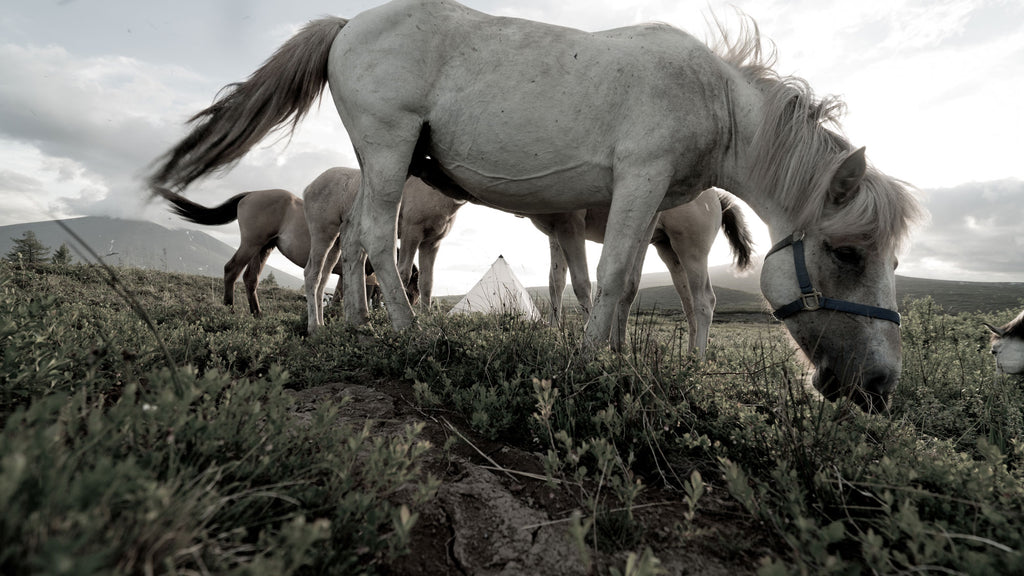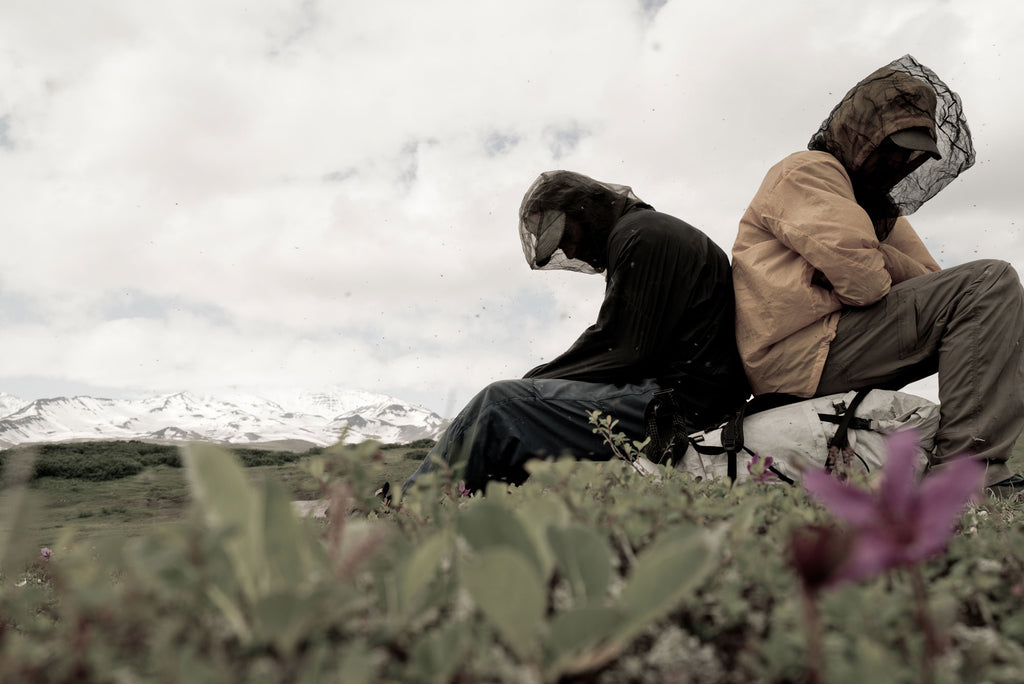Words & Photos by Nathan Shoutis and Thomas Kinsley
Thomas and I started packrafting in the early days of Alpacka Rafts – around 2005- when it was still a one-woman operation working out of a garage in Eagle River, Alaska. We first met on the south end of Kodiak Island, Alaska, working at a remote field camp for Fish and Game. From there we embarked on a two-week gentlemen’s stroll across the length of the island’s glacially carved mountainous spine from our camp back to the town of Kodiak. That was our first joint expedition, and this 2017 packrafting trip to Kamchatka was the 10-year anniversary mission, which made it even more special.
WHY RUSSIA?
We’ve both spent a lot of time in Alaska—Thomas grew up there, and we both worked and adventured there for 10+ years. During frequent map perusals of potential destinations in Alaska and the north, our curiosity was drawn more and more to what lies across the Bering Sea in that massive Russian wilderness. We were interested in a trip to a parallel universe from Alaska, where many of the plants and animals and climate were similar, but with profound differences in culture and landscape. The timing was perfect for a big trip when Thomas graduated from residency training after many years of hard work and too little play.
WAS THIS YOUR FIRST TIME OVERSEAS FOR A PACKRAFTING TRIP?
We’ve both been on a quite a few packrafting trips within the U.S., Alaska, and Mexico, but this was our first visit over an ocean and to a country where we didn’t speak the language.
HOW LONG DID IT TAKE TO PLAN AND ORGANIZE THE TRIP, AND HOW WAS THE RUSSIAN PERMITTING PROCESS?
Foreign tourists generally don’t explore Kamchatka without a guide, due to many military installations and other geopolitical conditions. Our trip became possible through friend connections that led us to Martha Madsen, an American from Alaska who has lived in Kamchatka for the last twenty years and runs a small tourist business there. Martha believes in exploration without the constraints of guides, and she helped us obtain a permit which was approved by the Russian government, on the conditions that we provide a detailed route including estimated coordinates for each camp, and that we carry a GPS communication device (Garmin InReach in this case) so we could be tracked.
WHAT HAPPENED WITH THE MILITARY?
At the end of our second day of walking, about 40 kilometers in and entering the volcanic foothills, we heard a rumble, and an old Soviet helicopter came flying low up the valley – cool! Nate started taking some photographs but stopped as it made a quick landing between us, and the second man out chambered a round in an assault rifle as he ran towards us – oh shit! Several more burly Russian men followed and there was much confusion as they interrogated us in Russian and we held our hands in the sky and said “Americans” and tried to act non-threatening. After much-failed communication, one man scribbled out “SOS” on a piece of paper and kept pointing at us. With a sudden horrible suspicion, Nate dug out the Garmin InReach from the top of his pack, and to our horror, it was transmitting an SOS signal even though the lock slider was in the appropriate “locked” position. After more failed communication, an examination of the contents of our packs and writing down our passport and permit information, the rescue team flew away.

We continued on our trip, feeling terrible about the accidental rescue flight and not understanding how our device could have been transmitting. A protective case was jerry-rigged from a water bottle, and there were many paranoid stops to check that it was not again transmitting an SOS signal. We later learned that it had self-activated in Nate’s pack, bounced a signal to a dispatch center in the US, passed the message on to a national rescue center, which relayed the signal to an American ship off the coast of China, passed from there to the Russian government’s Emergency Bureau in Moscow, then to a nearby town where the helicopter was dispatched with soldiers and two doctors, assuming that we had been attacked by bears or some other dire misfortune. Nate’s mother was called and informed that we had triggered the SOS call, with no other information given, and she hyperventilated. We also received a bill from the government for $4,400 for the helicopter flight that we had to pay before leaving the country.
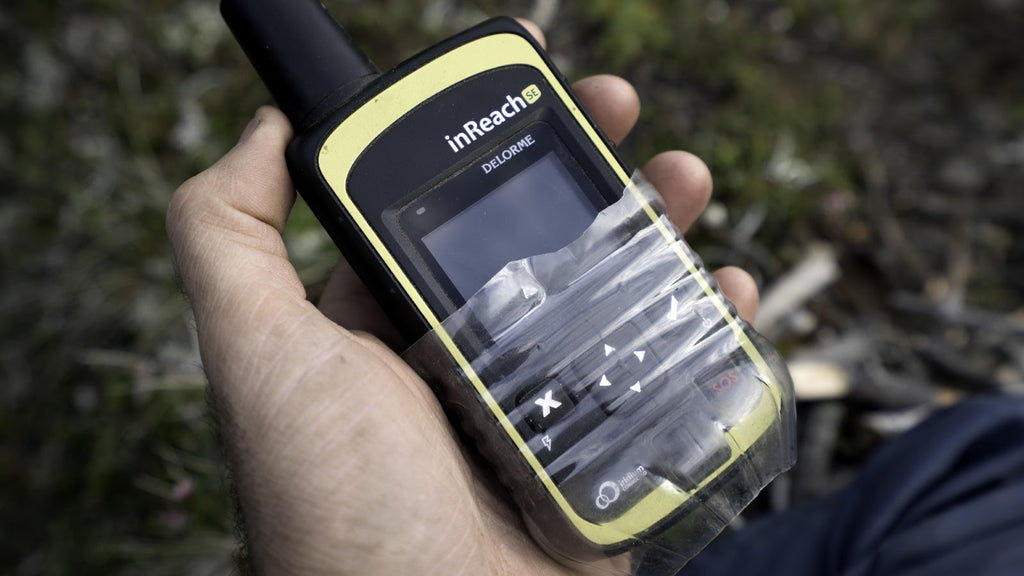
After returning from Russia, Nate tested our device and found that normal pressure on the button could trigger the SOS feature even with the safety slider engaged. After testing his brother’s InReach, experiencing similar results, and researching online, it appears that this is not an isolated problem, and at least 50 people have experienced the same device malfunction. We have been in contact Garmin, who had an engineer examine our device and said it was working properly, claimed that it must be user error, in spite of the fact that we can consistently demonstrate device failure while following the instructions provided for the device.
Note to reader: if you own an older InReach Explorer or SE, please test the SOS button to see if it will trigger with the lock slider on. Some devices will trigger, others will not. If it does trigger, beware using this device, and please contact Garmin to report it. They are aware of the issue.
ANY OTHER SURPRISES ALONG THE WAY?
Алней-Чашаконджа volcano summit: We had a terrific bluebird day and were able to climb the Алней-Чашаконджа volcano, which was one of our big objectives. On the summit, we found an old message written in Russian. It was carefully wrapped in multiple layers of wax paper and hidden in an old rusty tin can. We think it was from a group of Russian geologists, but the print was fairly faded and we couldn’t get a full translation. We had nothing to write our own message with, so we returned the note and left a piece of ginger candy in the tin can for posterity.
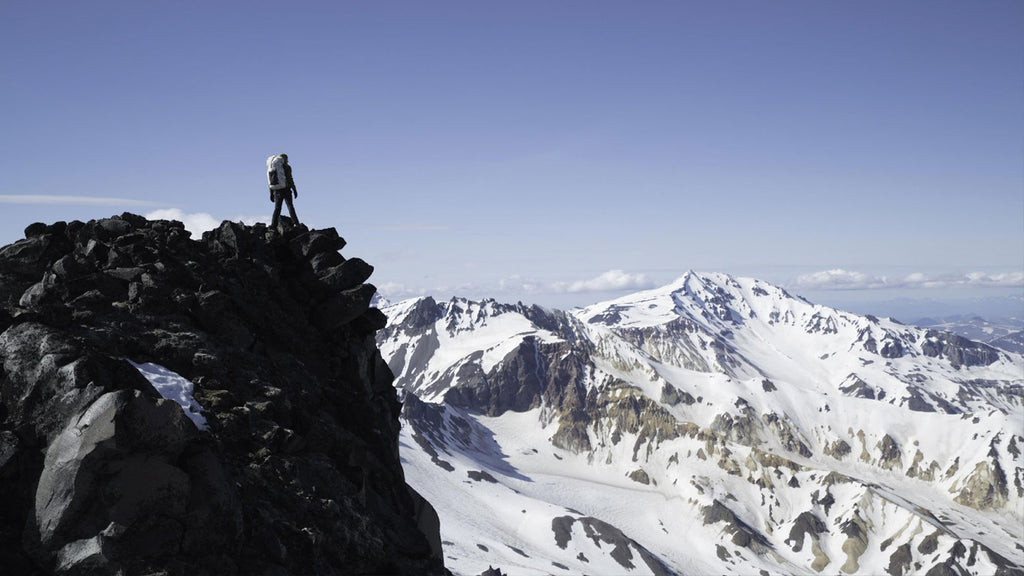
Hot springs valley: Nate was convinced that an unknown symbol on our map (all in Russian) was natural hot springs. We changed our route and bushwhacked for several extra kilometers to see what it was, and it did turn out to be hot springs–boiling pools and a hot flowing river. But farther down the valley, we stumbled into a surprise–a remote heli-fly-in hot springs camp. When we walked up to the camp, a Russian man talking on a sat phone turned and looked at us. “Nice to see you again,” he said with broken English and a thick accent. It was the pilot of the rescue helicopter that had come for us two weeks earlier!

Uzbekistani Puppeteers: At the end of the trip, we had to hitchhike a few hundred kilometers to get back to a town with a bus stop. One of our rides was in a tiny car with a troupe of Uzbekistani puppeteers who were traveling around Russia putting on puppet shows. Our driver was a jolly old man with a full grill of gold teeth.
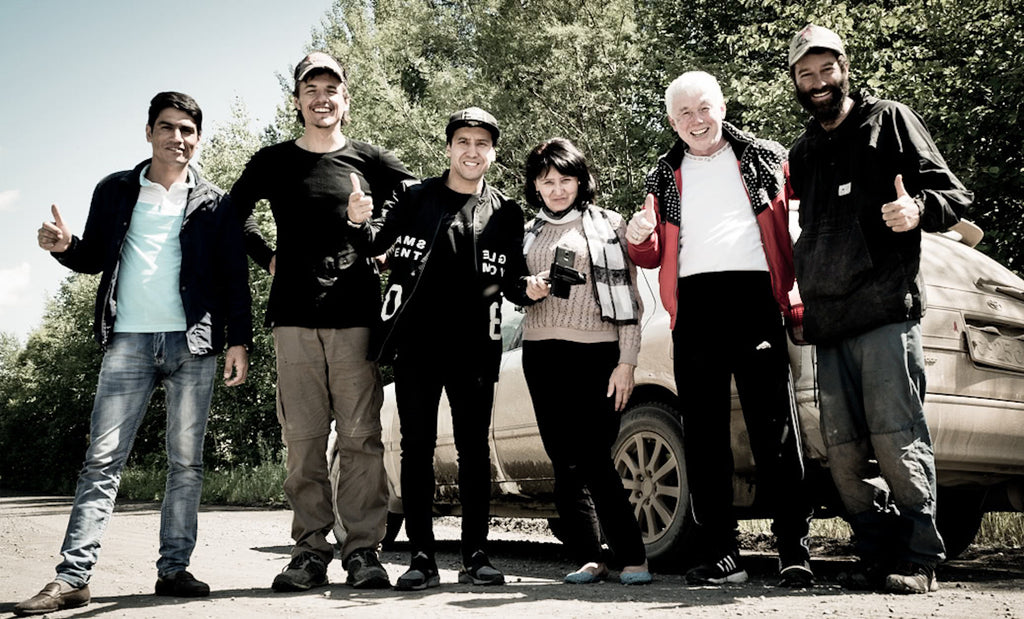
WHAT WERE THE MOST CRITICAL PIECES OF GEAR ON THE TRIP?
Trip MVP: UltaMid 4 Insert, No Floor
The mosquitos and black flies were pretty thick at lower elevations, and even up higher if there was no wind. We used the mesh for a lunch shelter or when we needed a moment to breathe easy. On the river portion (where the bugs were the worst), we learned to dig a trench around the entire shelter and bury the edges of the bug mesh to keep the buggers out. Having the bug mesh was the only thing that kept us sane and able to tolerate the hordes.
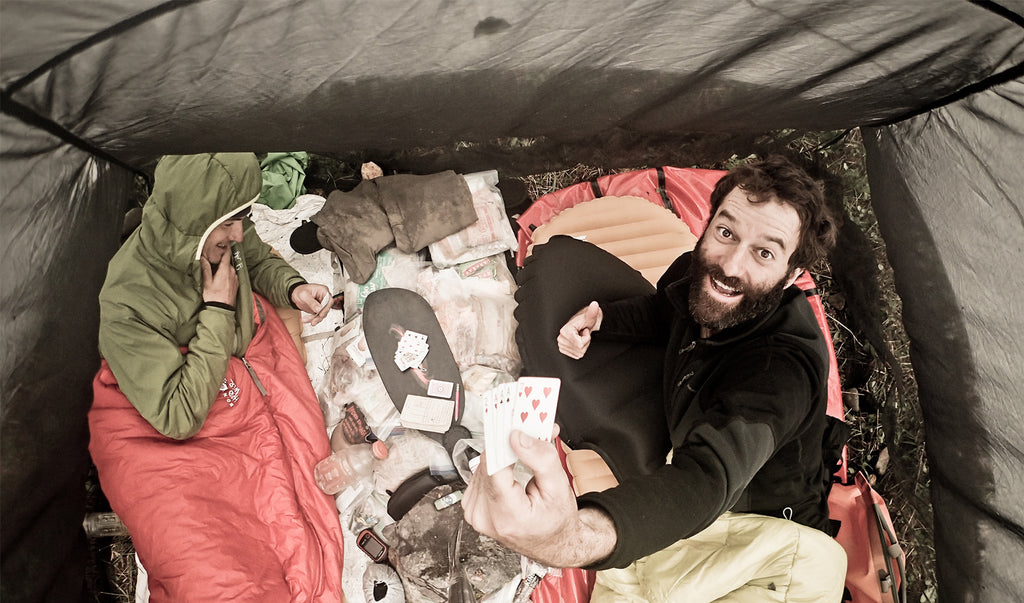
Pack: 5400 Porter Pack
You guys were awesome about letting us use a few prototypes of the new 5400 Porter pack. Enormous, super light, and the pack just swallowed all our gear while comfortably carrying everything we needed.
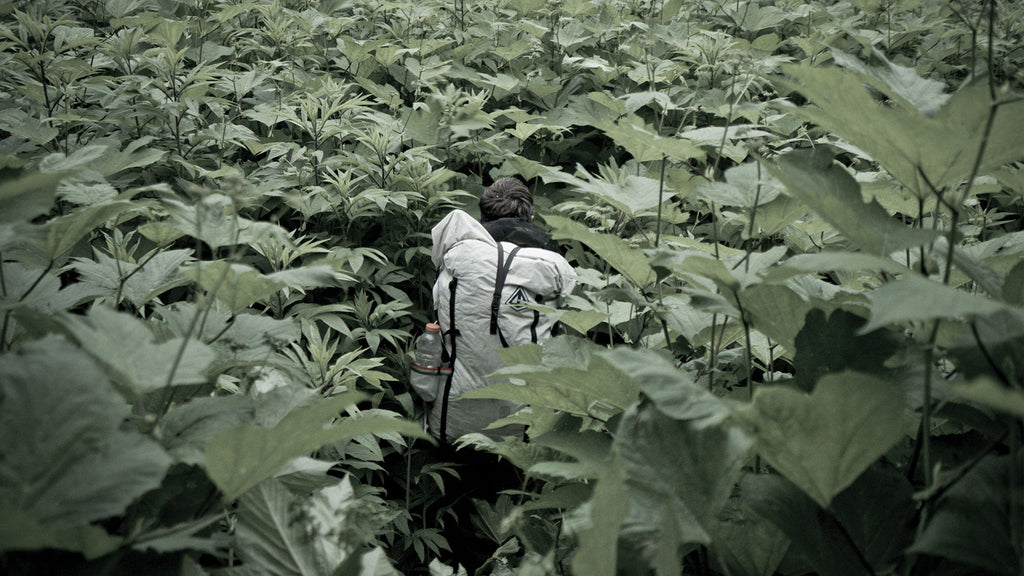
Packraft: Alpacka Rafts Explorer 42
Alpacka Rafts was kind enough to let us borrow a boat for this trip- the Explorer 42. It weighed 7.5 lbs and could carry both of us with all our gear packed safely inside the tubes. We had a special paddle that worked either as a single kayak paddle or broke down into two canoe style paddles. This setup allowed us to save a lot of weight, and safely carried us down a glacial melt river, through forest fire logjam deathtraps, across a maze of lakes and canals, and finally down the giant Kamchatka River.























